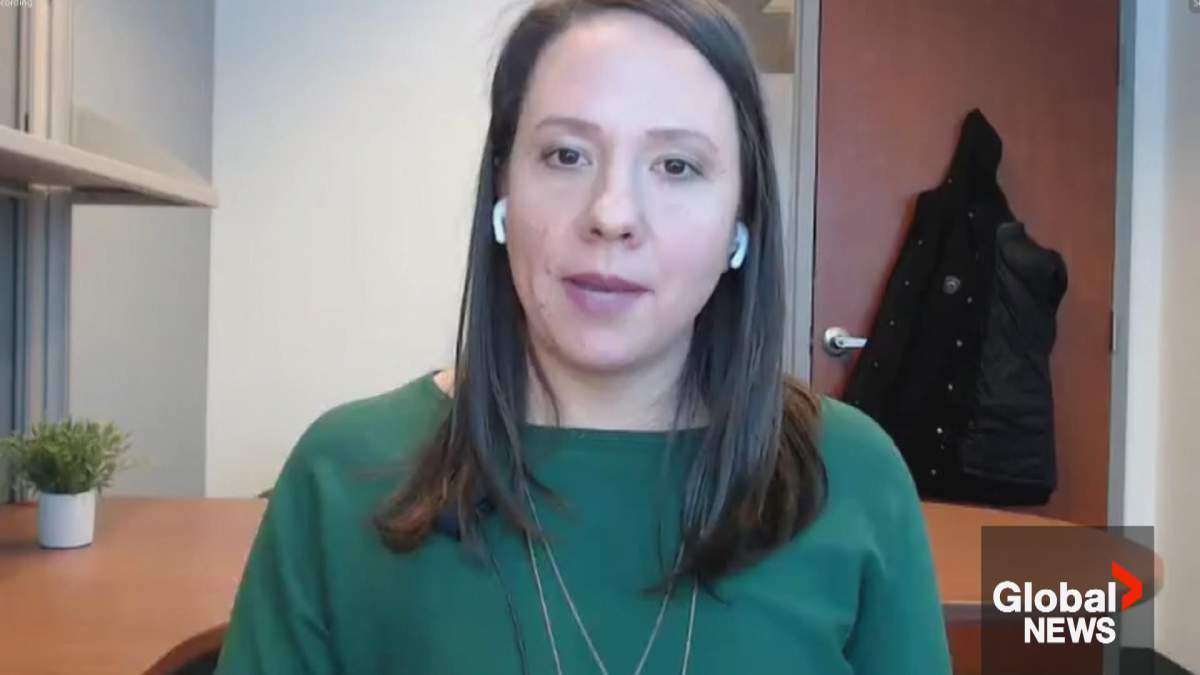The issue of class sizes and complexities remains a bone of contention between the Saskatchewan Teachers Federation (STF) and the Ministry of Education.

According to STF President Samantha Becotte, the impact of underfunding along with record enrolment growth in the schools have resulted in over 15,000 more students enrolled since 2015. However, over the same period, only 10 additional teachers have been added.
“Not only is enrolment increasing at record rates, we also see more students who require additional support and more students with English as an additional language in our schools, and yet the number of professional supports continue to drop,” Becotte said.
While the teachers remain adamant about the issue of class complexity and sizes being included in the collective bargaining agreement, the province says that’s not going to happen, saying it’s up to the individual school’s board to decide how to shape the classrooms.
“The STF has brought class size and complexities to the last two rounds of negotiations and in both rounds our government has pushed the issues aside to a committee,” Becotte said.
Becotte said the challenges experienced in schools were created over a decade, adding it’s unlikely they will be solved in one year, let alone in a four-year agreement.
“The government cannot continue to ignore these issues. They must start making meaningful commitment where they, along with the school boards, can be held accountable,” Becotte said.
Trying to drive home the point, the teachers’ union brought in some reinforcements from other provinces.
Representatives from several provinces joined the Saskatchewan Teachers’ Federation in a press conference. They shared how the inclusion of these bargaining items in their collective agreements has improved the learning conditions for students.

Get daily National news
According to President Karen Brown of the Elementary Teachers’ Federation of Ontario, a union that represents 83,000 teachers and education workers in Ontario, bargaining is an opportunity to address important issues in education that affect the working conditions of teachers as well as how the students are able to learn.
“During our most recent round of provincial bargaining, ETFO pushed to get additional staffing and resources for its members. There were a lot of foot dragging and reluctance from the provincial government. But with the pressure of a strong strike mandate from our members and then taking the steps to file for conciliation, we were able to address many of our key bargaining priorities,” ETFO President Karen Brown said.
“These priorities included increasing special education supports, designed to make schools safe places to teach and learn. If this can happen in Ontario, then it can certainly happen in Saskatchewan.”
British Columbia Teachers’ Federation President Clint Johnston said that when classes are too large or there aren’t enough staff to help students with diverse needs, the most vulnerable students are the first to lose out.
Johnston said putting workload language into a collective agreement also protects teachers and students from poorly thought-out government policy changes and damaging cuts.
“We learned that lesson in B.C., when the government unconstitutionally stripped B.C.’s collective agreement of class size and composition language. Classes got bigger, teachers were laid off and students paid the price. Thankfully, we won that language back in the Supreme Court of Canada,” Johnston said.
“It was easy for Canada’s top court to recognize the authority of collective agreements. Had we not had that language in the collective agreements, we would not have had that success. Class size and composition Language is only a start, of course,”
New Brunswick Teachers’ Association and Canadian Teachers’ Federation (CTF/FCE) Vice-President Connie Keating said in the province, successive governments have valued class limits to address classroom complexity, saying this has contributed to a positive learning environment.
“There is recognition here in New Brunswick that class size matters and makes a difference. Recent government report actually recommends further class size reductions at the kindergarten to Grade 5 level, and then a number of specialists resource and guidance that those ratios be increased,” Keating said.
Keating added that teacher workload and management is key.
“When we have class size caps, larger class size significantly increases the workload and the stress level of teachers. By establishing those class limits and collective agreements, teachers can manage their workload more effectively, leading to improved job satisfaction,” Keating said.
The Saskatchewan School Boards Association president, Jaimie Smith-Windsor, said the way forward would be for the provincial partners, STF, the Ministry of Education, as well as the Saskatchewan School Boards Association to work collaboratively to develop some accountability reporting frameworks for local school divisions to use in their implementation of complexity plans.
“So, at the local level, we see a strong role for collaboration between local teachers’ associations, school board trustees, senior administrative expertise, to sit down and have collaborative conversations about what community needs are, what student needs are and to help prioritize what is needed in terms of responding to class complexity,” Smith-Windsor said.
Smith-Windsor said a plan like this could be meaningful to everyone involved and ensure proper funding for education.
The STF says the plan going forward is to get the government back to the bargaining table and address what teachers have put forward.












Comments